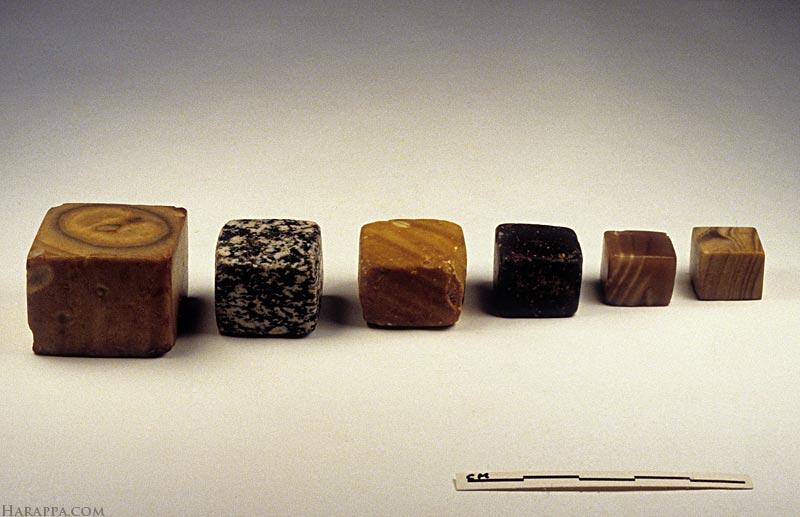"In the study of the archaeology of early complex societies in archaeology three questions concerning power are of interest: (1) Who had power? (2) Why did they have power? And (3) How was power exercised? These three questions are difficult to answer for periods thousands of years ago and especially for regions without any written sources" writes the author in this interesting comparative paper. It uses the control systems we know – writing, sealing and weights – across a number of Bronze Age civilizations, including the Indus, Mesopotamian, Aegean, as well as Central European culture where these systems are lacking or primitive at best, to describe what we can infer about social organization and hierarchy (or the lack of it) in these societies.
For example, Rahmstorf writes that "a group of educated people was required to train others and further develop the scribal system. Without a scribal caste no complex writing system could survive" (p. 312). Of weighing he writes: "One should not underestimate the level of abstraction the creation of a system of measurement required. One had to abstract 'from a great many qualitatively different objects a single property common to them all, such as length or weight, and compare them with one another in that respect'" (Kula 1985: 43, p. 315). Indeed, the archaeological artifacts are just the apex of a complex social, political, economic and ideological mesh of beliefs and materials that give them meaning.
From the comparisons and contrasts across regions, Rahmstorf argues that "for the Indus valley the lack of any clearly identifiable and recurring inscription of the name of a single person, and the apparent participation of many individuals in the sealing practice, together with the ubiquitous distribution of weights in settlements, suggests a corporate organisation where hierarchically organized structures were not strongly pronounced, or at least not visible to the archaeologist. It seems that instead of single individuals, or a restricted group of individuals equipped with far-reaching means of control, in the Indus civilisation we should envisage councils and assemblies in which a considerable proportion of the community was represented – for example 'elders' – and shared social power" (p. 322). From this perspective, he defines Indus civilization as more of a "hetarachy," governed by "'flexible, contingent, and constantly fluctuating power relations'" (Stein 1998: 7).
Whether the case is entirely made – or we do not yet have enough evidence to do so – is up to the reader, but few writers are able to bring a framework to bear that so expertly crosses a number of contemporaneous civilisations. This makes for a valuable and thought-provoking analysis.
Image: Cubical weights in graduated sizes from Harappa. These weights conform to the standard Harappan binary weight system that was used in all of the settlements. The smallest weight in this series is 0.856 grams and the most common weight is approximately 13.7 grams, which is in the 16th ratio.

